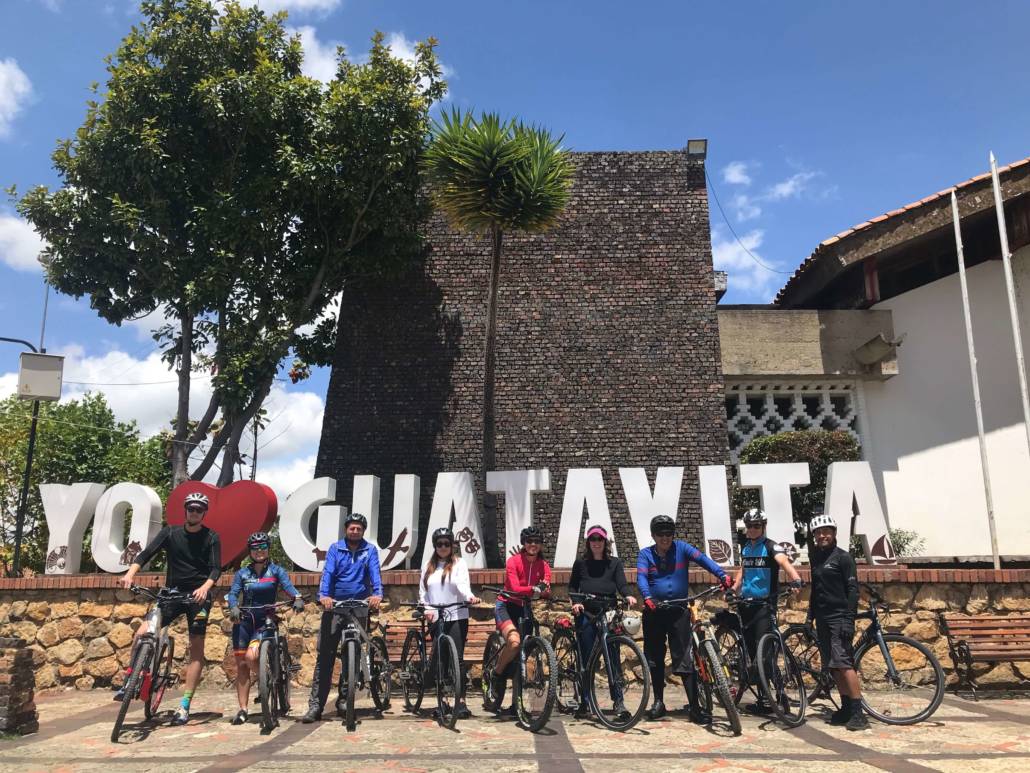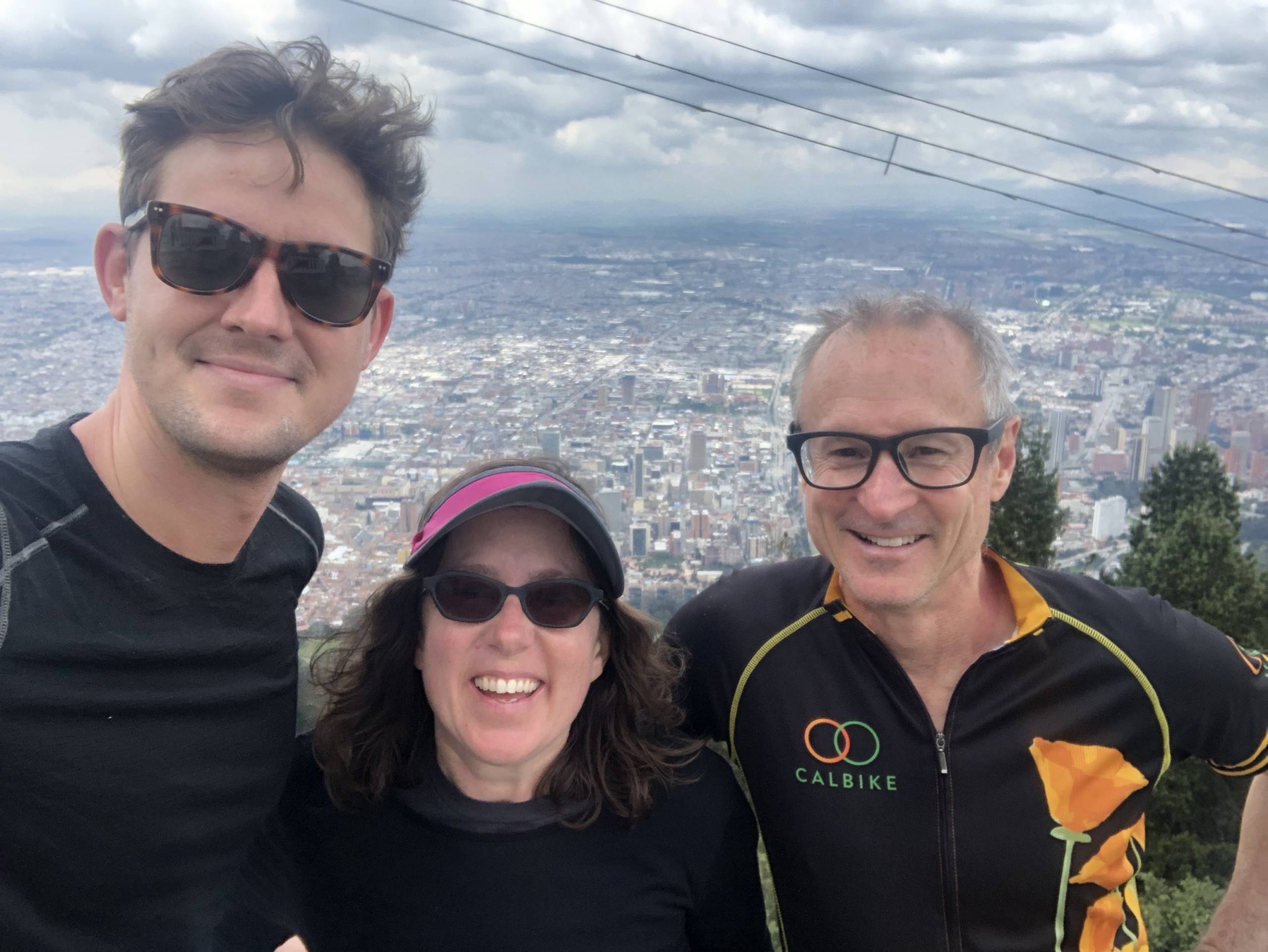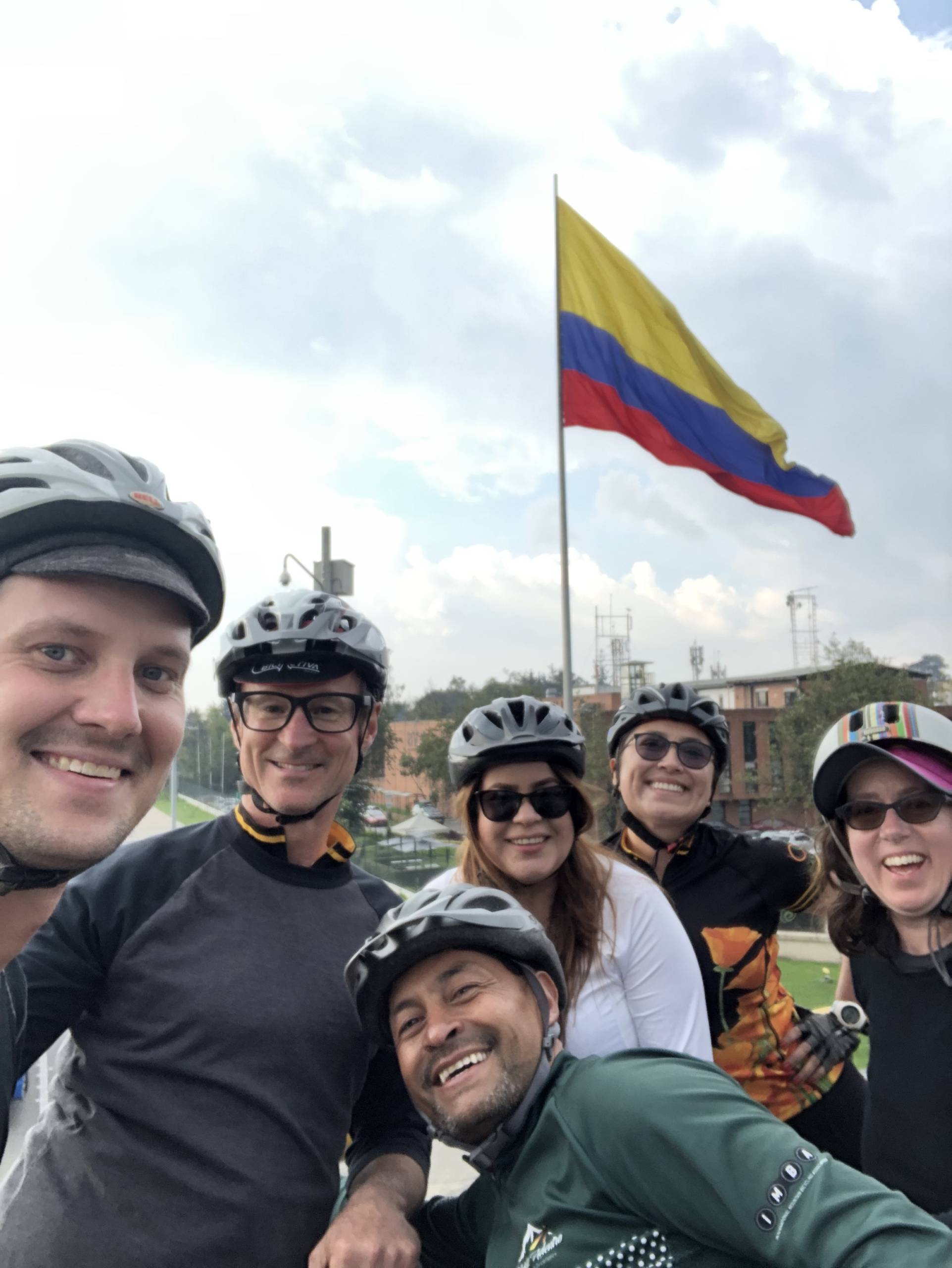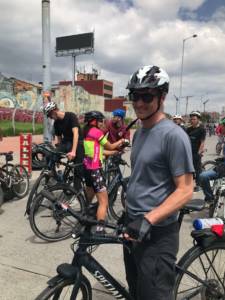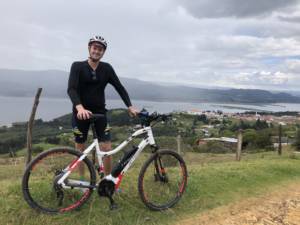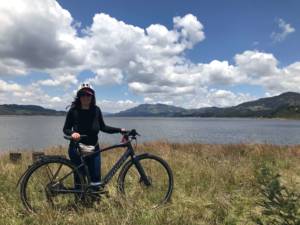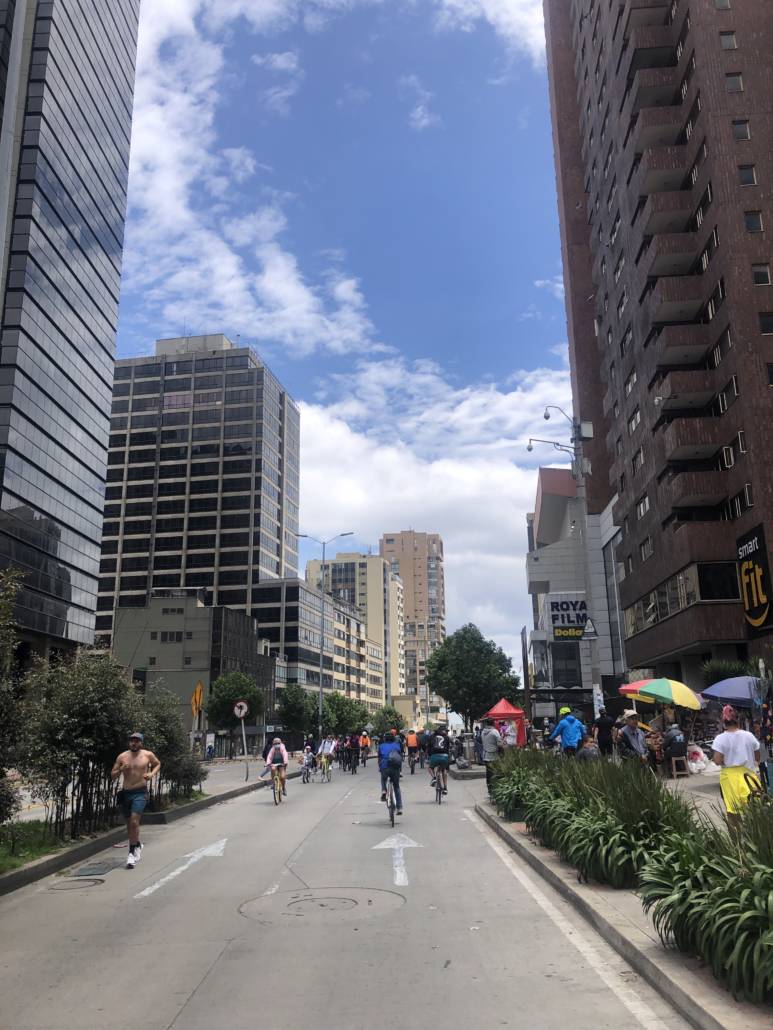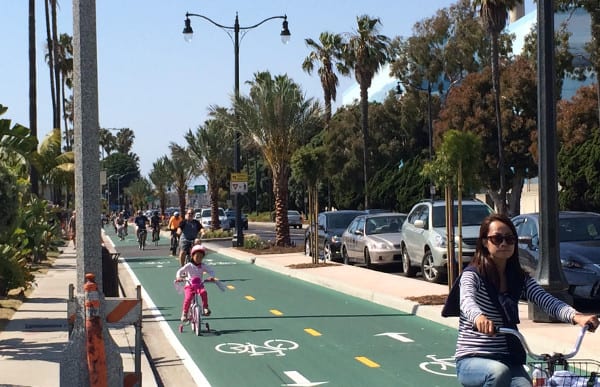CalBike Bids a Fond Farewell to Outgoing ED Dave Snyder
CalBike’s long-time executive director, Dave Snyder, is moving to a new and exciting position as senior director of local innovation at PeopleForBikes. This is an excellent opportunity to take a look back at CalBike’s accomplishments during his tenure, how our organization has grown in size and influence, and what the future holds for CalBike.
Reviving the bike movement and setting a standard for bicycle advocacy
Before he came to CalBike, Dave Snyder was already a leader in the bicycle advocacy movement. The San Francisco Bicycle Coalition was founded in 1971 during an earlier bike riding boom but was nearly dormant by 1990 with just a couple of members when Dave Snyder came to the organization.
Then in his early 20s, Snyder started his stint as SFBC executive director without a salary. Then a $10,000 grant gave him a part-time salary as the organization’s first paid staffer, and, he recalls, “With the help of a lot of people, I was able to build it up.”
At first, SFBC was little more than a newsletter, but in 1996, the bike coalition was organized as a legal entity. By the time Snyder left in 2002, the group had 4,500 members and was recognized as a political force in San Francisco. The foundation he built was strong, and the group has continued to grow in the two decades since. SFBC is now one of the biggest local bike advocacy groups in the country, and the biggest in the state, with over 10,000 members.
Growing the movement
In the 1990s, Snyder was a founding member of the Thunderhead Alliance, a national coalition of active transportation advocacy groups. And while he was a peripheral agent in the early days of Critical Mass, the rule-breaking and awareness-building group rides that originated in San Francisco and spread around the globe, he was a regular participant and did come up with the name.
In the years after he left SFBC, Snyder worked to expand the movement for a more just San Francisco by working at the intersection between transportation and land use policy. He founded Transportation for a Livable City (now just Livable City) and the San Francisco Transit Riders Union. He served as transportation policy director for the think tank San Francisco Planning and Urban Research and as a director of the Golden Gate Bridge Highway and Transportation District.
Building a statewide coalition
Asked why he was drawn to CalBike, Snyder says, “As a local leader, I understood the importance of having a powerful and effective group in Sacramento. I wanted to make sure that our movement had that base covered.”
The group had just two employees when he came on as CalBike’s executive director in 2010. During the 12 years of Snyder’s tenure, CalBike has added staff and consultants, quadrupled its reach, and quintupled its budget.
Snyder has led the CalBike team to a string of critical victories:
- The Three Feet for Safety Law requiring motorists to give bicyclists 3 feet of space when passing
- Legalizing protected bike lanes
- Pushing Caltrans to reform its Complete Streets policy and then implement that policy
- Defeating a helmet mandate
- Increasing state funding for biking and walking infrastructure from $100 million to over $1 billion in 2023.
One of CalBike’s most significant victories in recent years is the $10 million statewide e-bike incentive program, which should begin offering vouchers to help people afford e-bikes soon.
And some of the exciting campaigns that started during Snyder’s leadership, including the Bicycle Safety Stop, a bill to legalize safe street crossings, and the fight to save California bike sharing systems, continue moving forward, led by CalBike’s strong policy team.
The next chapter for Dave Snyder and for CalBike
In his new role at PeopleForBikes, Snyder hopes to “take some ideas I’ve been working on in California and push them out at a national level.” He will continue to advocate for some of the same priorities that CalBike does, plus “new and innovative things I don’t even know about yet.”
Because People for Bikes wants Snyder to focus on states with political potential and a large population, California is at the top of his list for bike advocacy, and CalBike looks forward to partnering with him in his new role.
As for CalBike, our dedicated team will continue to expand the organization’s influence on active transportation policy at the state level and strengthen relationships with partners. And the leadership change gives us the opportunity to add fresh voices and perspectives to our movement.
“CalBike needs someone who has an expansive vision for how big and powerful this organization can be and the ability to take us there,” Snyder says.
CalBike’s operations manager, Kevin Claxton, will fill in as interim executive director while the Board of Directors launches a search for the next executive director. CalBike views this transition as a sign of the growth and strength of our movement for just, equitable, and safe streets for all Californians as we add another ally at the national level.
And we are incredibly grateful for Dave’s contributions: his optimistic and visionary approach to advocacy, tempered with realism; his humor and warmth; and his unwavering commitment to working toward the world as it should be — filled with bicycles and joy. And he’s given CalBike the gift of building a strong team that will carry us into the future. With the help of supporters like you, we know we can continue building the joyful and equitable communities California needs.


